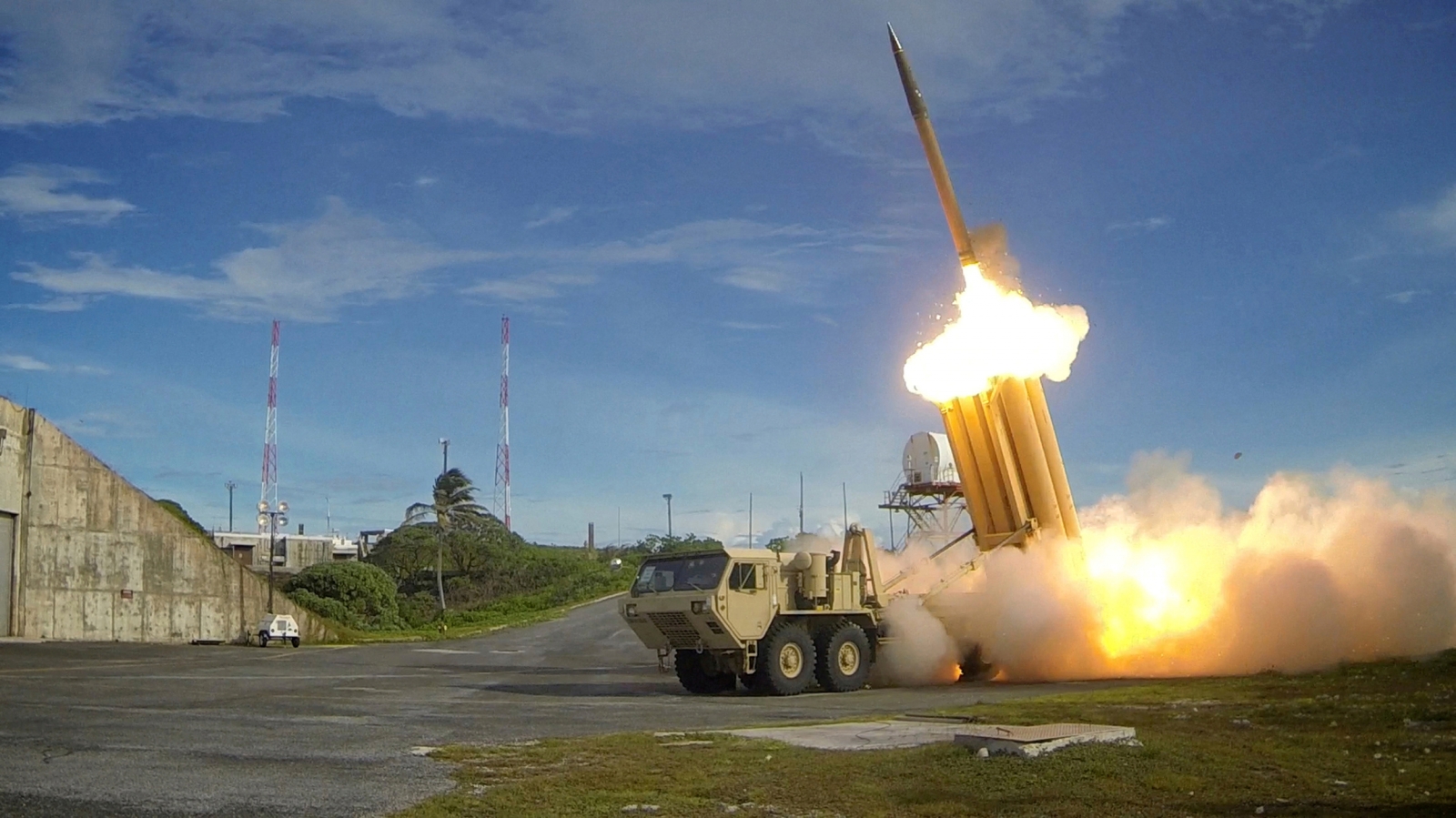By Vasudevan Sridharan

China is rattled by the recent test of the missile interceptor system jointly developed by the US and Japan.
According to an editorial published by the Global Times – the state-run mouthpiece of the communist party that sharply voices the views of Beijing when it comes to crucial geopolitical affairs – the latest test was asserted as Washington's "ambitious global missile defence system".
The US and Japan successfully conducted the test of Standard Missile-3 Block IIA, an interceptor jointly developed by both the militaries, capable of shooting down medium-range ballistic missiles, on Friday (3 February).
The US and Japan successfully conducted the test of Standard Missile-3 Block IIA, an interceptor jointly developed by both the militaries, capable of shooting down medium-range ballistic missiles, on Friday (3 February).
The test took place off the Hawaiian island of Kauai with the Aegis-equipped destroyer USS John Paul.
Vice Admiral Jim Syring, the chief of US Missile Defence Agency (MDA), said in a statement: "Today's test demonstrates a critical milestone in the cooperative development of the SM-3 Block IIA missile. The missile, developed jointly by a Japanese and US government and industry team, is vitally important to both our nations and will ultimately improve our ability to defend against increasing ballistic missile threats around the world."
Responding to the latest test, the Chinese editorial read: "Once the upgrade and deployment of the SM-3 system is completed, and Thaad is launched in Northeast Asia, China will face more military threat," also referring to the proposed US's deployment of the Terminal High Altitude Area Defence (Thaad) in South Korea.
It further added: "The US global missile defence system is ultimately targeted at the nuclear deterrent capability of China and Russia, aiming to politically coerce them. Strategic nuclear weapons are unlikely to be put to use in normal condition, and this means an anti-missile system can hardly conduct interception. A duel would bring disaster to all mankind."
Vice Admiral Jim Syring, the chief of US Missile Defence Agency (MDA), said in a statement: "Today's test demonstrates a critical milestone in the cooperative development of the SM-3 Block IIA missile. The missile, developed jointly by a Japanese and US government and industry team, is vitally important to both our nations and will ultimately improve our ability to defend against increasing ballistic missile threats around the world."
Responding to the latest test, the Chinese editorial read: "Once the upgrade and deployment of the SM-3 system is completed, and Thaad is launched in Northeast Asia, China will face more military threat," also referring to the proposed US's deployment of the Terminal High Altitude Area Defence (Thaad) in South Korea.
It further added: "The US global missile defence system is ultimately targeted at the nuclear deterrent capability of China and Russia, aiming to politically coerce them. Strategic nuclear weapons are unlikely to be put to use in normal condition, and this means an anti-missile system can hardly conduct interception. A duel would bring disaster to all mankind."
Aucun commentaire:
Enregistrer un commentaire